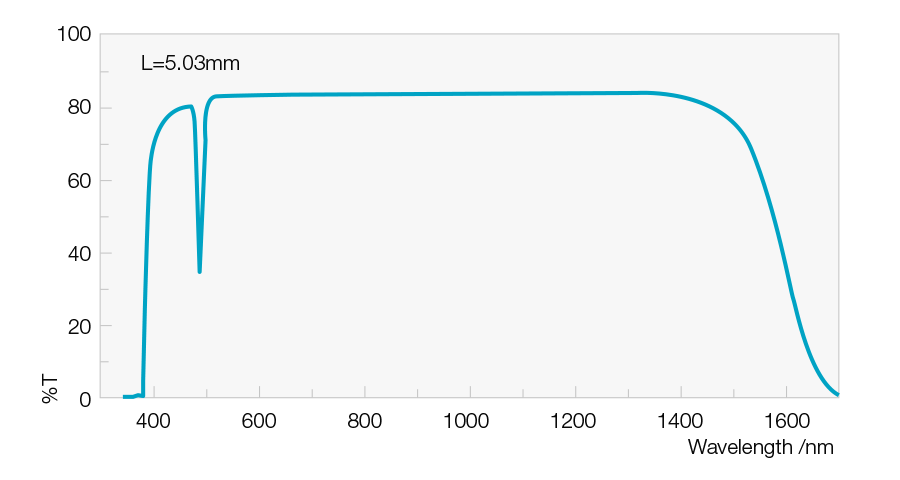


Since LED can sense light in addition to emitting it, the construction of asymmetrical, bidirectional optoisolator is possible. The sensor can be a photo-resistor, a photo-diode, a photo-transistor, a silicon-controlled rectifier (SCR) or a triac. How does a digital optical isolator work?Īn optoisolator contains a source (emitter) of light, a light-emitting diode (LED), that converts the electrical input signal into light, an optical channel (also called a dielectric channel), and a photosensor, which detects incoming light and either generates electric energy directly or modulates electric current flowing from an external power supply. Simplified cross-section through a standard dual-in-line (DIL) package of the optical isolator – bottom. Schematic symbol of an opto-isolator showing source of light (LED) on the left, dielectric barrier in the center, and sensor (phototransistor) on the right – top. A digital optical isolator can transfer data such as 1 and 0 (digital values), but of course, there are also analog optical isolators but they are less common. The main function of an optoisolator is to block such high voltages and voltage transients so that a surge in one part of the system will not disrupt or destroy the other parts. This gap distance between the two sides of the isolator defines the main specification of such electronic component – the isolation voltage which goes up to a range of 10kV and voltage transients with speeds up to 25 kV/μs. PoOptoIn | 16 channel digital optical isolatorĪ Digital optical isolator (also called an optocoupler, photocoupler) is an electronic component that transfers electrical signals between two isolated circuits by using light that galvanically separates two sides of the electronic circuit.Where are digital optical isolators used?.How does a digital optical isolator work?.


 0 kommentar(er)
0 kommentar(er)
